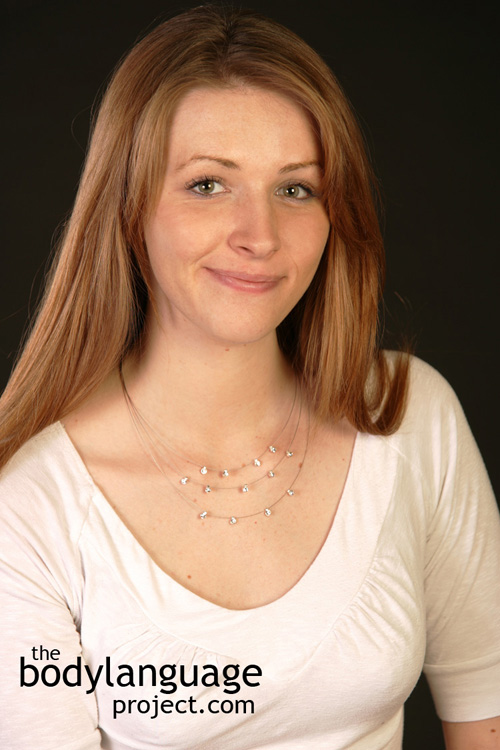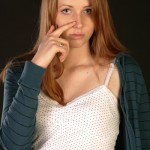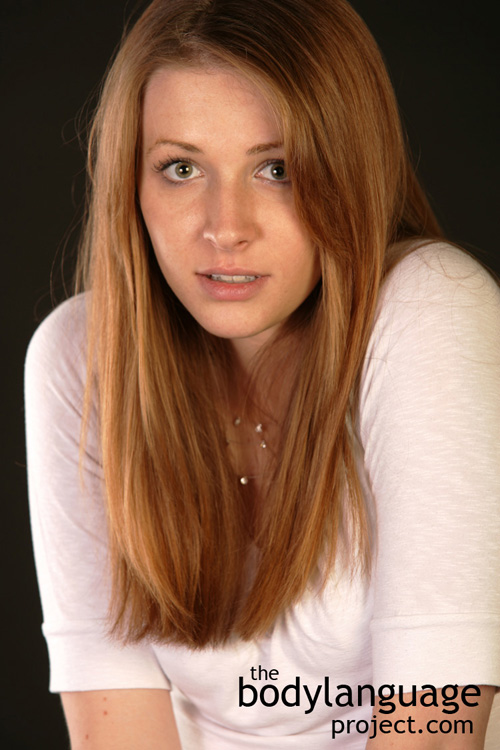
The uneven smile. This one is a fake!
Being able to tell the difference between real emotions and the body language that follows is a very useful skill in reading people. Being able to detect fake emotions can help us decide who we can trust and who is actually in agreement with us, versus those who are simply faking it. Liars and their body language are covered more extensively later in the book, so it is of no direct concern here. Rather, here we present rules of thumb that help us decide if facial expressions and emotions such as fear, sadness, happiness, shame, guilt and disgust are real and genuine or feigned. Emotional fakery of sadness is used to generate sympathy in order to gain various resources, and fake sadness is used to generate leniency and therefore receive help in the form of favours. Being able to detect real from fake is a useful skill because it gives the body language reader the power to decide what course of action is merited.
So how can we tell if a facial expression is fake versus real? While body language readers can never really know for certain, the face does subconsciously give us some clues that it’s not being honest. For example, a fake emotion is one where there are symmetrical differences between the right and left side of the face. That is, when the left and right side don’t match. A smiling face, where the smile is uneven is a perfect example of a false smile and one that was covered in great detail earlier. The second telltale sign of a fake expression is when it appears and disappears in a jerky, non-fluid manner. This tells us there is doubt and uncertainty. The third cue that an emotion is faked has to do with eye movements and directions. Looking downward and away indicates shame, guilt or disgust, looking down indicates sadness. The final way to detect false emotions is by catching those that seem to be held for too long, or seem over-exaggerated. Expressions that are so big that they are “over-the-top” or seem “out of this world” and don’t flow with context or match timing expectations, meaning they don’t go with what is being said, are more than likely fake.

The fear facial expression.

Sadness.
Other times, emotions are difficult to decipher. For example, when the eyebrows go up, they sometimes indicate fear, but other times they are raised to indicate surprise. Fear is usually shown by showing the whites of the eyes, raising the upper eyelids, raising the inner brow and tightening the eyelid. However it is important to note that raising the inner brow can show sadness, lowering the brow can show anger or mental effort and tightening the eyelid can show anger or disgust.

Anger

Disgust.
Some expressions are only seen very rarely, which is the case with the more extreme expressions making them difficult to study. These facial expressions also happen very quickly, so it’s not always easy to spot them. Usually the expressions are encoded by the viewer in large part to the context in which we find them. For example, jumping out of the bushes and yelling at someone is bound to create a surprised look, but can you decide if a face absent of context shows fear or surprise, what about sadness? It’s not always that easy, but absent of slow motion photography and mind reading, the rules of thumb covered here can make the process simpler and more manageable.







